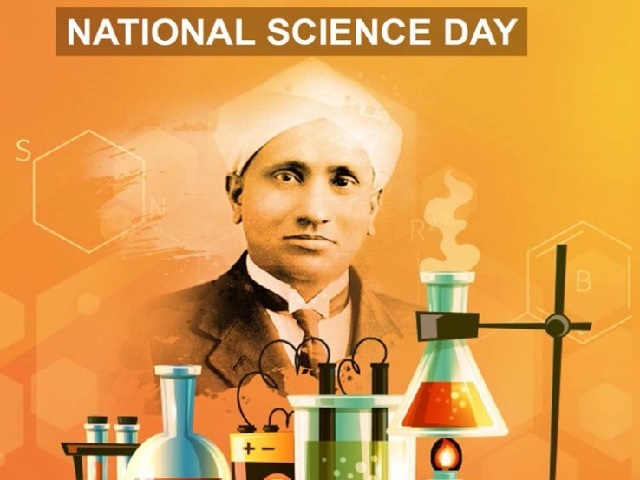Every year, National Science Day India is celebrated on February 28 to commemorate the discovery of the Raman Effect by Sir C.V. Raman. This day is a tribute to the scientific community and their contributions to the world. In this blog post, we will explore the significance of India Science Day(national science day india), the Raman Effect explained, and how this celebration inspires scientific curiosity and innovation.

What is National Science Day?
National Science Day is celebrated in India to mark the discovery of the Raman Effect by Indian physicist Sir C.V. Raman on February 28, 1928. This discovery earned him the Nobel Prize in Physics in 1930, making him the first Asian to receive this honor in the field of science. The day is dedicated to spreading awareness about the importance of science and its applications in daily life.
If you’ve ever wondered, “Which day is National Science Day?”, the answer is February 28. This day is celebrated with great enthusiasm across schools, colleges, and scientific institutions in India.
Why is National Science Day Celebrated?
Science Day celebrated in India serves multiple purposes:
- To honor the discovery of the Raman Effect.
- To promote scientific temper among the public.
- To encourage innovation and research in the field of science.
- To highlight the contributions of Indian scientists.
The theme for National Science Day changes annually, focusing on current scientific issues and advancements. For example, recent themes have included “Science for the People” and “Women in Science.”
The Raman Effect Explained
The Raman Effect is a phenomenon in spectroscopy discovered by Sir C.V. Raman. It involves the scattering of light when it passes through a transparent material, causing a change in the wavelength of the light. This discovery was groundbreaking and laid the foundation for many advancements in the field of physics and chemistry.
To understand the Raman Effect explained in simple terms, imagine shining a light through a glass of water. When the light scatters, some of its wavelengths change, creating a unique pattern. This change in wavelength is what Sir C.V. Raman observed and documented, leading to his Nobel Prize-winning discovery.
How is National Science Day Celebrated in India?
National Science Day in India is celebrated with various activities, including:
- Science exhibitions and fairs showcasing innovative projects.
- Lectures and seminars by renowned scientists.
- Science quizzes and competitions for students.
- Public demonstrations of scientific experiments.
Schools and colleges often organize special events to inspire young minds to pursue careers in science. Government institutions and research organizations also participate by hosting open houses and workshops.
The Significance of Indian Science Day
Indian Science Day is not just a celebration of the past but also a look toward the future. It highlights the importance of science in solving global challenges such as climate change, health crises, and technological advancements. By celebrating this day, India reaffirms its commitment to fostering a culture of scientific inquiry and innovation.
For more insights into the latest scientific developments, check out our news section.
World Science Day and Its Connection to India
While National Science Day India is specific to the country, World Science Day is a global event celebrated on November 10 each year. Established by UNESCO, this day aims to highlight the role of science in society and the need for public engagement in scientific discussions.
Both World Science Day and National Science Day India share a common goal: to promote science as a tool for development and peace. For more information on global scientific events, visit UNESCO’s official website.
Frequently Asked Questions
1. Which day is National Science Day?
National Science Day is celebrated on February 28 every year in India.
2. What is the Raman Effect?
The Raman Effect is a phenomenon in spectroscopy where light scatters and changes wavelength when passing through a transparent material. It was discovered by Sir C.V. Raman in 1928.
3. Why is National Science Day important?
National Science Day is important because it celebrates scientific achievements, promotes scientific temper, and encourages innovation and research.
4. How is Indian Science Day celebrated?
Indian Science Day is celebrated with science exhibitions, lectures, quizzes, and public demonstrations of scientific experiments.
Conclusion
National Science Day India is a celebration of science, innovation, and the spirit of discovery. From the Raman Effect explained to the various activities that mark this day, it serves as a reminder of the importance of science in our lives. Whether you’re a student, a scientist, or simply a curious mind, this day offers something for everyone.
For more updates on science and technology, visit our news section and stay informed about the latest developments.
Explore more about science and innovation:
For further reading, check out these resources:

